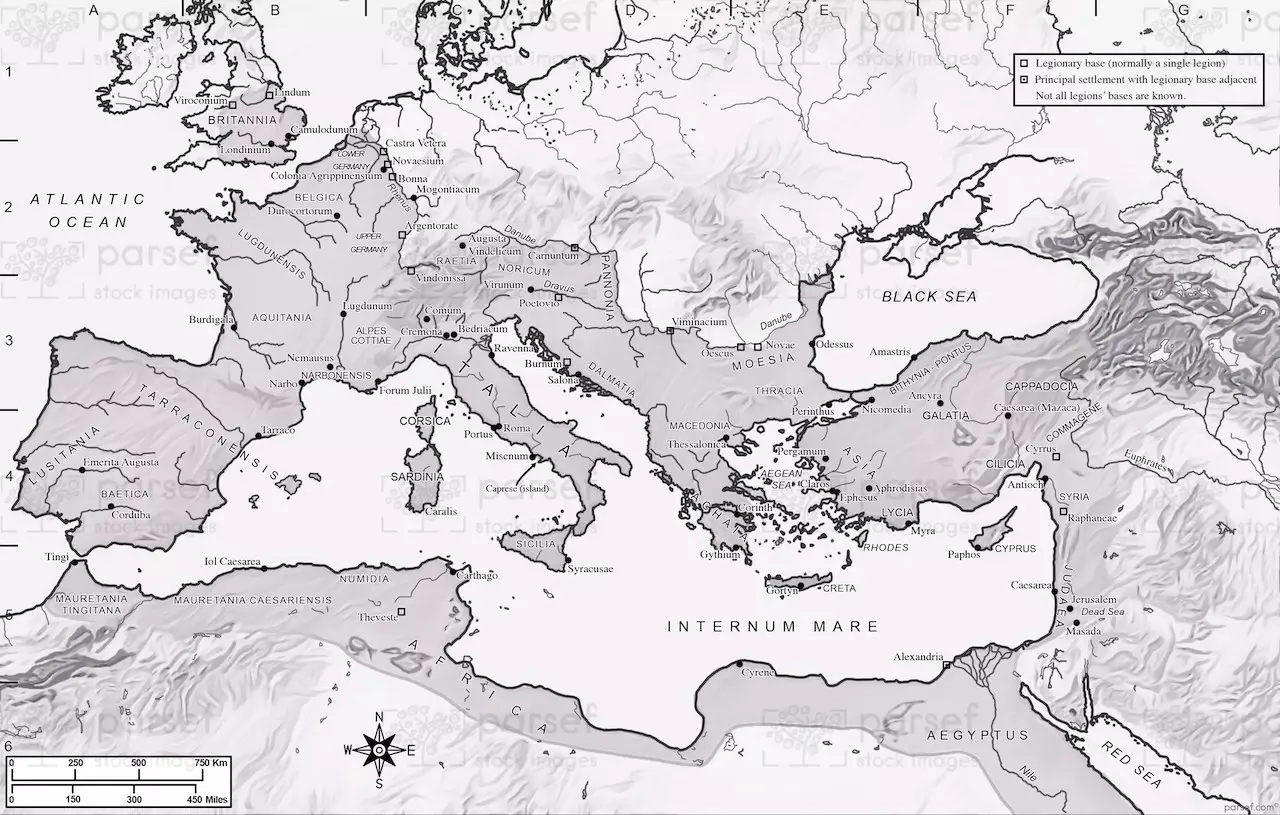The Roman Empire in A.D. 69 was in a state of chaos. The previous emperor, Nero, had committed suicide in June of that year, and four different men had claimed the throne in the months that followed.
The first to claim the throne was Galba, the governor of Hispania. He was proclaimed emperor by his legion in April of 69, and was recognized by the Senate. However, he was soon assassinated by the Praetorian Guard, who then proclaimed Otho emperor. Otho was defeated by Vitellius, the governor of Germania Superior, in April of 69, and committed suicide. Vitellius was then recognized as emperor by the Senate.
However, Vitellius's rule was short-lived. In July of 69, Vespasian, the commander of the Roman army in Judaea, was proclaimed emperor by the legions of Egypt. He then marched on Rome with the support of the Danubian legions. Vitellius was defeated in battle in December of 69, and was killed by the Flavian troops.
Vespasian was then recognized as emperor by the Senate, and he reigned until his death in 79. His reign marked the beginning of the Flavian dynasty.
The Year of the Four Emperors was a time of great turmoil for the Roman Empire. However, it also led to the rise of a new dynasty, the Flavians, who would rule the empire for the next 27 years.
Here is a timeline of the events that took place in the Roman Empire in A.D. 69:
- January 1: The Roman legions in Germania Superior refuse to swear loyalty to Galba.
- January 2: Vitellius is acclaimed emperor by the Rhine legions.
- January 15: Galba and his adopted son Piso are murdered by the Praetorian Guard on the Roman Forum. Otho seizes power in Rome, proclaims himself emperor, and reigns for three months before committing suicide.
- July 1: Vespasian is proclaimed emperor by the legions of Egypt under Tiberius Julius Alexander.
- August: The Danubian legions announce support to Vespasian (in Syria) and invade Italy in September on his behalf.
- December: Vitellius is defeated in battle by Vespasian's forces and killed. Vespasian is recognized as emperor by the Senate.
The Year of the Four Emperors was a watershed moment in Roman history. It marked the end of the Julio-Claudian dynasty and the beginning of the Flavian dynasty. It also showed the fragility of imperial power and the potential for chaos that existed within the Roman system.
Map: Roman Empire in A.D. 69 – Charting the Heart of Ancient Power


